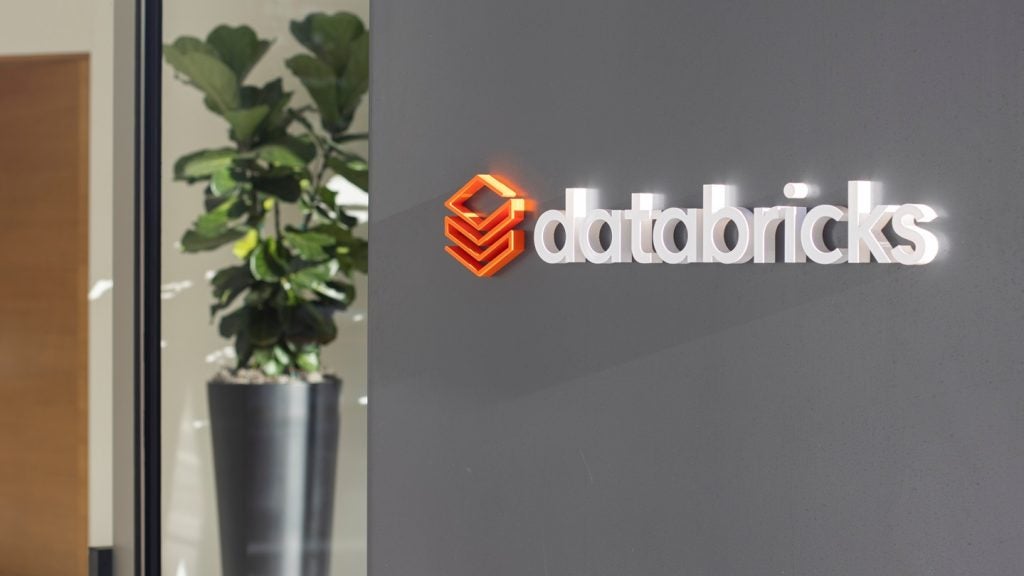Player health and safety is paramount for sporting organisations.
An injury to a star player could damage a club’s commercial strategy, financial performance, and the player’s career, well-being, and earnings.
Increasing commercial pressures are pushing athletes to participate in more events, heightening the risk of injuries. Meanwhile, research suggests that sports involving repeated head collisions—such as American football, soccer, and rugby union—may increase the likelihood of long-term neurogenerative disorders. Further research over the next decade will undoubtedly confirm this thesis, resulting in a surge of lawsuits from ex-professionals relating to brain injuries.
Health and safety
As athletes are pushed to their physical and mental limits, this mounting crisis will usher in a new era of player health and safety awareness. Stringent regulations will follow, and major sports organisations will invest heavily in medical teams and cutting-edge technologies to revolutionise the following three pillars of health and safety by 2035: prevention, treatment, and recovery.
Prevention- wearable tech
Preventing injuries before they occur is the cornerstone of athlete health. By 2035, advancements in wearable technology and biomechanics will enable real-time data collection on performance, fatigue, and biomechanical stress. Advanced AI algorithms will analyse this data, enabling trainers to precisely tailor training regimens for each player with the primary goal of minimising injury risks.
Virtual reality (VR) will further enhance injury prevention. By allowing athletes to practice high-risk movements in a virtual environment, VR will eliminate the need for physical collisions that contribute to long-term neurodegenerative conditions. Additionally, VR will be crucial in correcting poor techniques that often lead to injuries, making training both safer and more effective.

US Tariffs are shifting - will you react or anticipate?
Don’t let policy changes catch you off guard. Stay proactive with real-time data and expert analysis.
By GlobalDataTreatment and AI
When injuries do occur, swift and precise treatment is vital. AI-driven imaging and diagnostics will enable therapies tailored to each athlete’s genetic makeup and specific injury profile. This personalised approach will not only improve recovery outcomes but also reduce the time athletes spend on the sidelines.
Regenerative therapies, such as stem cell treatments, will see significant advancements by 2035, dramatically cutting down recovery times for severe injuries. Real-time 3D augmented reality (AR) visualisations will revolutionise surgery, allowing for greater precision and better outcomes. Moreover, AR telemedicine will enable medical teams to collaborate remotely with specialists, ensuring that athletes receive the best possible care regardless of their location.
Internet of Things (IoT)-connected wearable biometric patches will play a pivotal role in detecting concussions, providing real-time data that can prompt immediate intervention. Meanwhile, AI-powered mental health support services will offer personalised counseling to athletes, addressing the psychological strain of professional sports and aiding in holistic recovery.
Recovery and IoT
Recovery extends beyond the immediate aftermath of an injury, aiming to restore athletes to their peak while preventing future injuries.
By 2035, IoT-connected wearables will track recovery progress with near-perfect accuracy, using innovative metrics like recovery days to optimise performance. This data will inform decisions that ensure athletes return to competition safely and at full strength.
Furthermore, advanced wearables equipped with thermoelectrical cooling technology will accelerate muscle recovery and reduce inflammation, further shortening the time spent injured.
VR training will aid in recovery by simulating in-game scenarios without risking further injury. This will allow athletes to rebuild their confidence and sharpen their skills in a controlled environment, reducing the likelihood of re-injury upon return to the field.
Health management
Looking ahead, the shift toward long-term health management will become more pronounced. Continuous monitoring and maintenance programs will ensure athletes remain at their best throughout their careers, safeguarding their well-being and prolonging their playing years.








